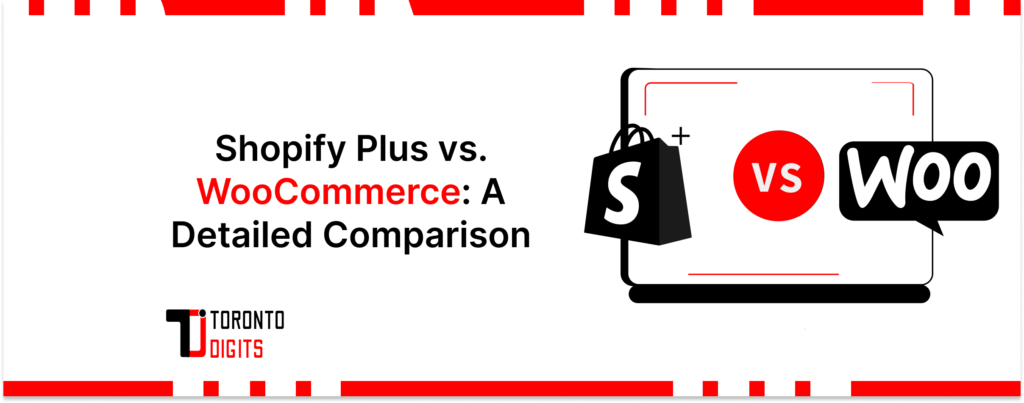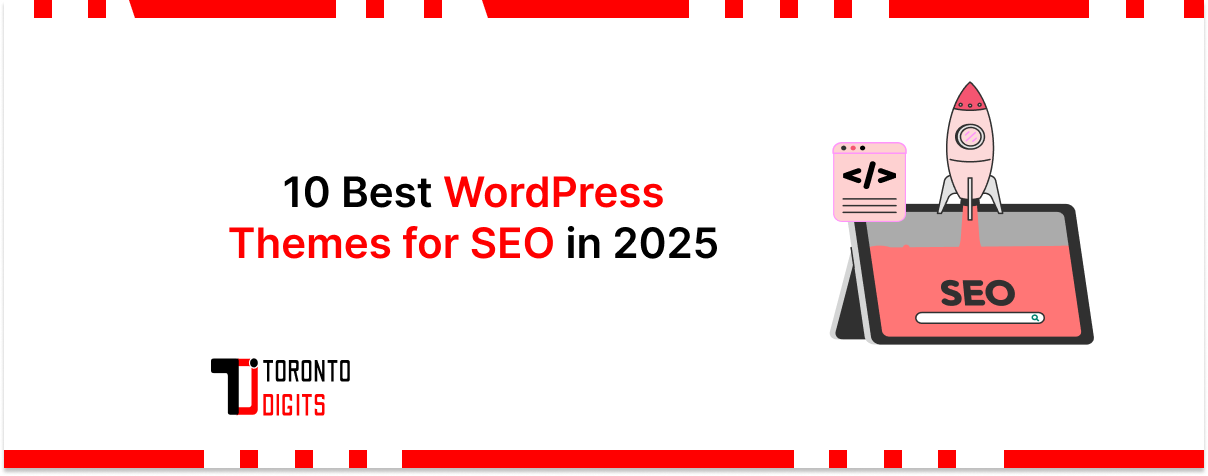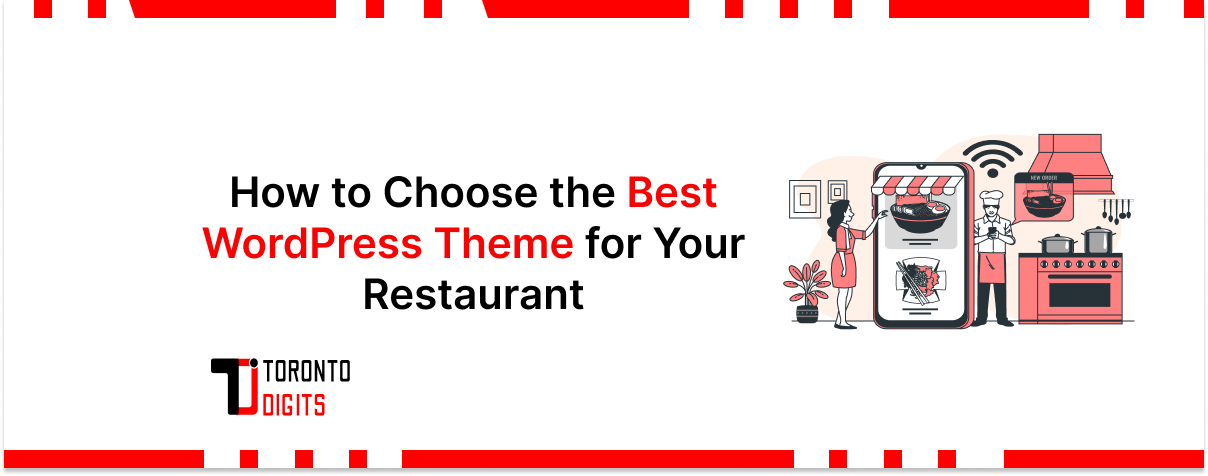Embarking on an e-commerce venture is thrilling yet challenging, given the fierce competition that exists online. While a growing number of platforms aim to power online stores, Shopify and Woo (previously WooCommerce) stand out as frontrunners. But deciphering the two and determining the right fit for your specific needs is crucial yet perplexing.
Whether you’re exploring WooCommerce for ecom flexibility or Shopify’s built-in convenience, making the right choice is foundational. This comprehensive Shopify versus Woo comparison will dive into every aspect from cost to scalability to security, arming you with insights to optimize your operations strategically. Let’s get started!
Key Decision Drivers: Factors that Make or Break E-commerce Success
Launching an online store is complex with countless moving pieces. Streamlining operations requires an e-commerce platform aligned with your resources and growth goals across factors like
Simplicity
An intuitive store manager dashboard enables managing orders, inventory, shipping, etc without technical expertise. Shopify shines here while Woo assumes WordPress skills. For those choosing Woo, applying Woo product UX tips can drastically improve usability and conversion.
Features
Marketing capabilities, multiple payment modes, shipping integrations, and automation determine revenue growth. While Shopify offers an all-in-one suite, Woo involves installing plugins. This also means WooCommerce SEO support and plugin flexibility can be tailored to drive search visibility.
Scalability
Seamless performance across sales spikes comes from a robust tech infrastructure. Shopify guarantees optimized uptime while Woo entails more hands-on server management.
Security
Shopper trust demands bulletproof protection of sensitive data via SSL, spam filtering, etc. Shopify adheres to PCI compliance while store owners shoulder security with Woo.
Cost
Budget allocations vary vastly among early-stage ventures and established merchants. While Shopify requires subscriptions, Woo’s upfront plugin costs appeal to bootstrappers. With WooCommerce for ecom, store owners can choose from a variety of cost-effective solutions tailored to their needs.
Dissecting the Nitty-Gritty: How Shopify and Woo Compare
Now that you know the crucial decision drivers, let’s closely evaluate how Shopify and Woo stack up to help determine the right platform for your business vision and expertise.
Shopify: The All-Inclusive, Scalable Powerhouse
As the world’s simplest all-in-one commerce platform, Shopify makes launching an online store possible within minutes. Their simplified dashboard lets you manage inventory, fulfill orders, run sales campaigns, and more without technical complexity. Moreover, Shopify guarantees optimized uptime capable of handling Black Friday-esque spikes effortlessly.
Key Shopify Perks
- Simplified Store Management
Shopify’s intuitive drag-and-drop dashboard enables easy store management without coding skills. - Built-in Marketing Features Shopify equips you with everything from discount codes to email marketing automation for targeted campaigns.
- Robust Security Adherence to industry-best standards like PCI compliance and fraud filtering ensures bulletproof transactions.
- Integrated Payments Solution Offers popular payment modes like Stripe and PayPal with competitive 2.9%+ transaction fees.
- 24×7 Customer Support Get assistance swiftly via phone, chat, or email to troubleshoot roadblocks.
Woo: The Customizable WordPress E-commerce Plugin
Formerly WooCommerce, Woo is now an independent, agile e-commerce plugin for WordPress. If endless customization and hyper-personalization excite you, Woo brings immense flexibility. However, the level of configurability means developers must handle technical management.
Why Businesses Love Woo
- Personalization Options Customize homepage layouts, product pages, checkout, and more to match your brand identity.
- Cost Savings
As an open-source platform, Woo offers free installation. Expenses involve web hosting, premium extensions, etc. - Expansive Marketplace Choose from thousands of plugins and themes to enhance or specialize functionality.
- Granular Control & Ownership Manage every aspect from product listings to email templates as per your vision.
- Open Source Community Access Leverage an extensive forum to get troubleshooting assistance from experts.
Comparison Table
| Shopify | Woo | |
| Simplicity | Enables easy store management through an intuitive UI without coding skills | Requires installing plugins from the marketplace to activate features |
| Features | Monthly subscription plans start at $29. No transaction fees using Shopify Payments. | Free but separate hosting, domain registration, and premium plugin expenses involved |
| Scalability | Optimized storefront and backend guaranteed to manage sales spikes effortlessly | Capable of scaling but demands resources for server and capacity management |
| Security | Comes equipped with all essential built-in capabilities like payments, shipping, taxes, etc. | Merchants must implement security measures like SSL on their own |
| Cost | Monthly subscription plans starting at $29. No transaction fees using Shopify Payments. | Shopify handles security compliance, fraud checks, etc. so you can focus on selling |
| Support | 24/7 customer assistance via phone, chat and email | Community forum for seeking help from other users |
The Final Verdict: Choosing Your E-commerce Weapon of Choice
Determining Shopify versus WooCommerce requires aligning platform strengths to your capabilities and business stage. Shopify shines with its simplified UI, built-in functionality, and reliable infrastructure. However, the recurring pricing may not suit early-stage ventures. With advanced WordPress skills, Woo grants endless creative control, albeit with more hands-on management. Selecting the right themes for online stores also plays a major role in branding and user engagement, regardless of the platform.
Ultimately, layering your strengths over the platform parameters holds the key. Non-technical entrepreneurs may find Shopify more beginner-friendly while developers proficient in WordPress can sculpt a highly tailored storefront using Woo. Additionally, investing in Shopify SEO or WooCommerce SEO support can ensure your store stands out in search engine rankings.
We hope dissecting the cons and pros helps you make an informed choice to fuel your entrepreneurial aspirations while optimizing long-term success!




